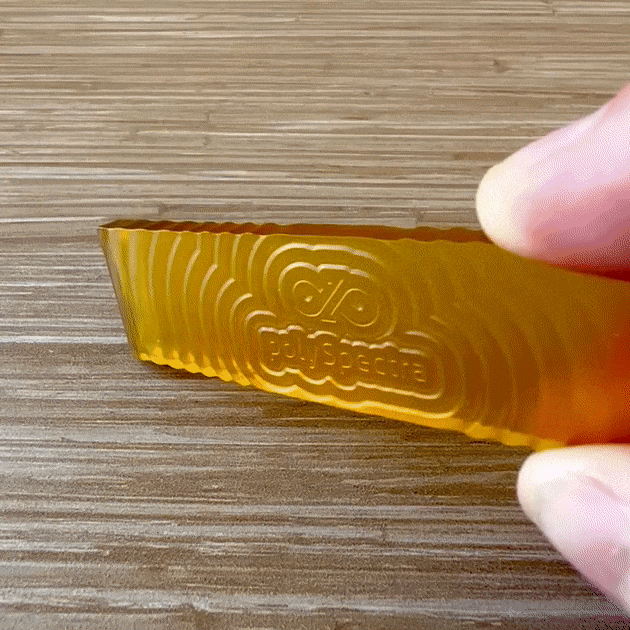Machinability in Photopolymer Resin 3D Printing and Stereolithography
Machinability in the context of photopolymer resin 3D printing, stereolithography (SLA), and vat photopolymerization refers to the ease with which a material can be shaped or finished to the desired form and precision after the initial printing process. This includes considerations such as post-processing requirements, the ability to achieve fine details, and the mechanical properties of the printed parts that affect subsequent machining or finishing operations.
The following sources have been identified as valuable for understanding the machinability of materials produced through photopolymer resin 3D printing and related technologies. Each source is analyzed for its relevance, reliability, and significance to the research question.
Springer Articles on Additive Manufacturing
- Relevance: The Springer articles offer a scientific perspective on the effects of various printing parameters on the quality of 3D printed parts. They cover topics such as power consumption, surface roughness, and the mechanical characteristics of printed specimens, all of which are pertinent to machinability.
- Reliability: Springer is a reputable publisher of scientific literature, and the articles are likely peer-reviewed, ensuring a high level of credibility and accuracy.
- Significance: The detailed statistical analysis and experimental data provided in these articles are invaluable for understanding how different printing parameters influence the machinability of photopolymer resin parts.
ScienceDirect Articles on Vat Photopolymerization
- Relevance: ScienceDirect articles delve into the synthesis and manufacturing of polymers and polymer composites, discussing the benefits and challenges of vat photopolymerization (VP) processes. They address the accuracy, resolution, and material properties that are crucial for machinability.
- Reliability: ScienceDirect is a leading platform for peer-reviewed scientific literature, ensuring that the information is well-researched and trustworthy.
- Significance: The comprehensive review of VP technologies and their applications provides a broad understanding of the material properties that affect machinability, such as toughness and shape memory performance.
Nature Article on Sustainable Photoprintable Resins
- Relevance: This article introduces sustainable photoprintable resins with the potential for re-printing and reshaping, which could revolutionize the concept of machinability in 3D printing by allowing for post-print modifications.
- Reliability: Published in Nature, a highly respected scientific journal, the article is expected to be of high quality and reliability.
- Significance: The development of recyclable and reprocessable materials could significantly impact the machinability and sustainability of 3D printed parts, making this source highly relevant to future research and applications.
Royal Society of Chemistry Article on Polymer Nanocomposites
- Relevance: The article discusses the integration of nanocomposites with vat photopolymerization, which can enhance the mechanical properties of printed parts and thus their machinability.
- Reliability: The Royal Society of Chemistry is a reputable organization, and its publications are considered reliable and authoritative.
- Significance: Understanding the role of nanocomposites in improving the strength and resistance of printed parts is crucial for assessing their machinability and potential applications.
Elsevier Article on Vat Photopolymerization Technologies
- Relevance: This article reviews the current state and future scope of vat photopolymerization technologies, including aspects like printing speed, geometry precision, and material versatility, which are all relevant to machinability.
- Reliability: Elsevier is a well-known publisher of scientific literature, and the article is likely peer-reviewed.
- Significance: The article’s focus on the peculiar advantages of vat photopolymerization in terms of material properties and post-processing capabilities makes it a valuable resource for understanding machinability.
Nature Review on Vat Photopolymerization Technology
- Relevance: The review provides a comprehensive overview of vat photopolymerization technology, including materials, applications, challenges, and future trends, which are all important for understanding machinability.
- Reliability: As a publication in Nature, the review is expected to be of high quality and reliability.
- Significance: The broad coverage of the technology’s capabilities and limitations offers a solid foundation for assessing the machinability of parts produced through vat photopolymerization.
Conclusion
The sources recommended in this report collectively provide a well-rounded understanding of the machinability of photopolymer resin 3D printed parts. They cover a range of topics from surface finish and mechanical properties to the influence of printing parameters and the potential of new materials. The reliability of these sources is ensured by their scientific nature, peer-review status, and the reputability of the publishers. The significance of each source lies in its contribution to the comprehensive understanding of how various factors influence the machinability of 3D printed parts, which is essential for optimizing manufacturing processes and improving the quality of the final products.
Researchers and professionals in the field of additive manufacturing can use this report as a starting point for further investigation into the machinability of photopolymer resin parts. The insights gained from these sources can guide the development of new materials and printing techniques that enhance the machinability and overall performance of 3D printed components.
